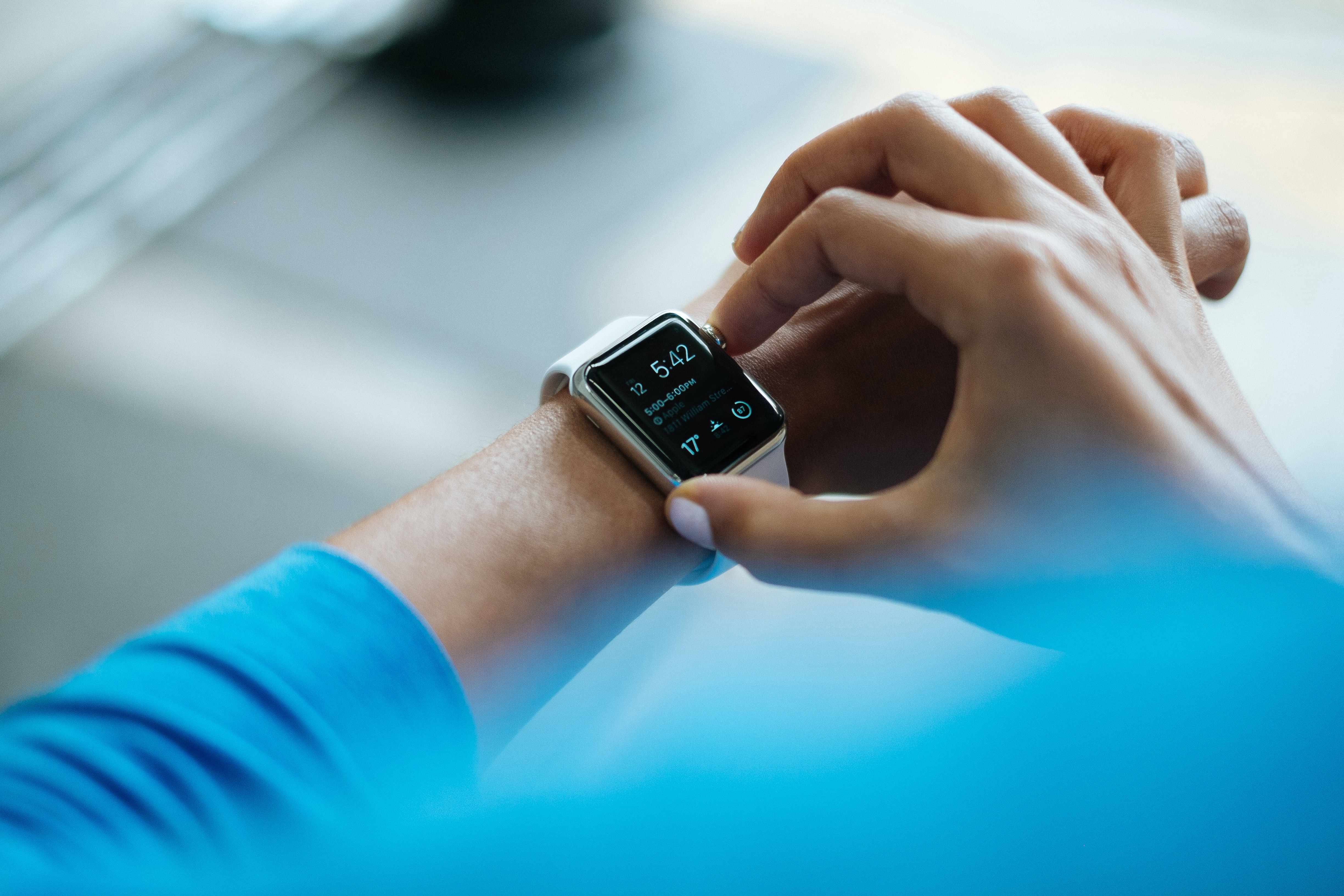What Pharmacists Need to Know About Wearable Technology
Posted by Total Pharmacy Supply on Jun 30th 2022

Pharmacists are on the front line of patient care, and as wearable technology becomes more common, they need to be aware of the implications these devices have on medication management. In this blog post, we will discuss some of the key things pharmacists need to know about wearable technology. We will cover topics such as how to read data from wearables, how to counsel patients on using them, and how to integrate them into pharmacy workflow. By the end of this post, pharmacists will have a better understanding of how to leverage wearable technology in their practice.
The Popularity of Wearable Technology
Wearable technology is becoming increasingly popular, with devices such as fitness trackers and smartwatches being worn by people of all ages. This trend is likely to continue, as the devices become more sophisticated and affordable. According to Statista, the number of connected wearable devices worldwide has more than doubled in the space of three years, increasing from 325 million in 2016 to 722 million in 2019. The number of devices is forecast to reach more than one billion by the end of 2022. These new wearables allow users (and by extension pharmacists) access to a whole host of new data about their health including:
- Heart rate
- Blood pressure
- Sleep quality
- Calorie intake
- Activity level
While this data can be useful for individuals to track their own health, it also has implications for pharmacists. For example, a patient's heart rate data could be used to monitor the efficacy of their medication regimen. Or, a patient's sleep quality data could be used to identify potential side effects of their medication. The possibilities are endless, and as wearable technology becomes more commonplace, pharmacists need to be prepared to use this new data in their practice.
How to Read Data from Wearables
Most wearable devices come with an accompanying app that allows users to view their data. This data can then be exported to a CSV file or other format that can be imported into pharmacy software. However, before pharmacists can start using this data, they need to know how to interpret it. For example, heart rate data can be affected by many factors such as stress, caffeine intake, and exercise. As such, it is important for pharmacists to understand the context in which this data was collected. Once they have a good understanding of how to interpret the data, they can start using it to improve patient care.
Some key questions to ask patients about their wearable data include:
- When was the data collected?
- What were you doing when the data was collected?
- Have you noticed any changes in your symptoms since wearing the device?
Answering these questions will help pharmacists to better understand the data and how it can be used to improve patient care.
How to Counsel Patients on Using Wearables
As with any new technology, there is a learning curve associated with using wearables. Pharmacists can help patients by providing guidance on how to use these devices effectively. For example, patients may not know that they need to wear their device all day to get accurate data. Or, they may not realize that they can export their data to a CSV file. By providing this type of guidance, pharmacists can help patients get the most out of their wearable devices.
In addition, pharmacists can also counsel patients on how to use their data to improve their health. For example, if a patient's sleep quality data shows that they are not getting enough rest, the pharmacist can recommend lifestyle changes or medications that can help them sleep better. By counseling patients on how to use their wearable data, pharmacists can help them to improve their health and quality of life.
How to Integrate Wearables into Pharmacy Workflow
Incorporating wearables into pharmacy workflow can be a challenge, but there are a few ways to make it easier. First, pharmacists can create a system for importing and exporting data from wearable devices. This will allow them to quickly and easily get data into their pharmacy software. Second, pharmacists can create protocols for interpreting and using data from wearables. This will ensure that they are consistently using the data to improve patient care. Finally, pharmacists can train staff on how to use wearable devices and how to integrate them into pharmacy workflow. By taking these steps, pharmacists can ensure that they are using wearable technology to its fullest potential.
---
Wearable technology is a rapidly growing field with many implications for pharmacy practice. As more patients use these devices to track their health, pharmacists need to be prepared to use this new data in their practice. By understanding how to interpret and use data from wearables, pharmacists can improve patient care.
